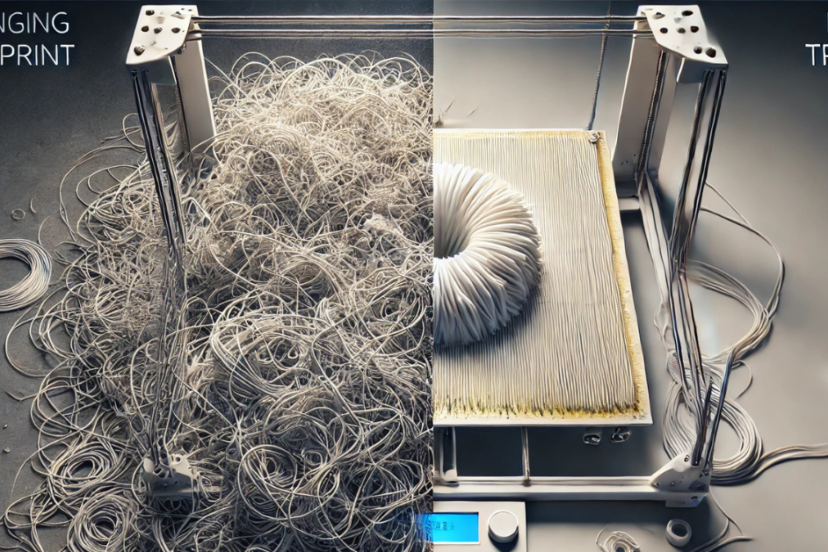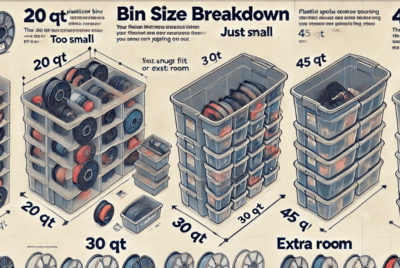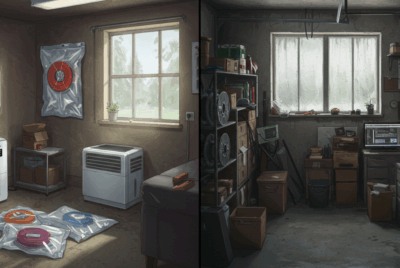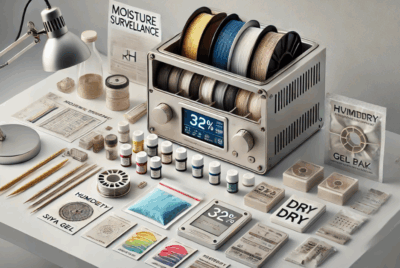How can I reduce TPU stringing?
Reducing TPU (Thermoplastic Polyurethane) stringing is crucial to achieving clean, high-quality prints. TPU is a flexible filament, and because of its ability to flow easily, it can leave thin strands of material between printed areas, known as stringing. Here are some effective strategies to reduce TPU stringing:
1. Adjust Retraction Settings
- Increase Retraction Distance:
- Retraction distance helps pull the filament back into the nozzle to prevent oozing.
Since TPU is flexible, you need a slightly smaller retraction distance than other filaments, but still enough to reduce stringing.
- Recommended Distance: Start with 1mm to 2mm and adjust up to 3mm if needed. Avoid too much retraction, as TPU can easily jam.
- Increase Retraction Speed:
- Retraction speed determines how fast the filament is pulled back into the nozzle. A faster retraction helps reduce stringing, especially during travel moves.
- Recommended Speed: Set the retraction speed between 20mm/s to 40mm/s depending on your printer and TPU brand.
- Test and Adjust:
- Adjusting both the retraction distance and speed will allow you to find the optimal balance for your printer and TPU filament.
2. Reduce Print Temperature
- Why It Helps: TPU tends to flow more freely when printed at higher temperatures, which can increase the likelihood of stringing.
- How to Fix:
- Lower the print temperature slightly to reduce the tendency of the filament to ooze out. Start with a temperature range of 210°C to 230°C.
- Adjust Gradually: If stringing persists, lower the temperature by 5°C to 10°C at a time and observe the results.
3. Enable Combing Mode
- Why It Helps: Combing mode prevents the nozzle from traveling over open spaces, and instead, it moves through areas that are already printed. This reduces the chance of stringing between parts.
- How to Fix:
- In your slicer, enable combing mode and set it to “Within Infill” or “Within Object” to reduce stringing by having the nozzle travel over printed areas.
4. Increase Travel Speed
- Why It Helps: Increasing the travel speed reduces the time the nozzle spends moving between parts, which minimizes the amount of time for TPU to ooze out during non-printing moves.
- How to Fix:
- Increase the travel speed in your slicer settings. A good starting point is around 100mm/s or higher, depending on your printer.
- Benefit: Faster travel speeds will also help reduce stringing by minimizing the time for filament to leak out.
5. Use Wipe Nozzle (Optional)
- Why It Helps: The wipe nozzle feature in some slicers moves the nozzle across printed areas during travel moves, helping to clean up any excess filament and reduce stringing.
- How to Fix:
- Enable the wipe nozzle setting in your slicer (found in some slicers like Cura). This ensures that any excess material left on the nozzle is wiped off before moving to the next print area.
6. Use a Slower Print Speed for Detailed Parts
- Why It Helps: Printing too fast can lead to excess material being extruded, which causes stringing. Slowing down the print speed allows for better control over the extrusion process.
- How to Fix:
- Reduce the print speed to 20mm/s to 30mm/s for TPU. A slower print speed ensures better control over the filament and can help reduce stringing, especially for small or detailed parts.
7. Optimize Cooling Fan Settings
- Why It Helps: Cooling can affect how TPU reacts after extrusion. Too much cooling can cause the filament to solidify prematurely and cause stringing, while too little cooling can make the filament stay too liquid and ooze out.
- How to Fix:
- Set your cooling fan speed to 20% to 40% for TPU. Keep the cooling low for the first few layers and increase as the print progresses.
- Avoid using full cooling for the first few layers to prevent warping and stringing.
8. Use a Larger Nozzle (Optional)
- Why It Helps: A larger nozzle size can help reduce stringing by allowing more filament to flow through the nozzle, which can lead to smoother, more controlled extrusion.
- How to Fix:
- If you’re still experiencing stringing, try switching to a 0.6mm or 0.8mm nozzle. This will make the extrusion process more stable and reduce stringing, especially for larger prints.
9. Ensure Consistent Filament Feeding
- Why It Helps: TPU is a flexible filament, and sometimes it can slip or buckle in the extruder, leading to inconsistent extrusion and stringing.
- How to Fix:
- Use a direct drive extruder instead of a Bowden extruder for TPU, as the direct drive setup provides better control of flexible filaments.
- Ensure your filament spool is tangled-free and feeding smoothly into the extruder.
10. Print with a Brim or Raft (Optional)
- Why It Helps: If stringing occurs at the edges or between layers, using a brim or raft can help stabilize the print and provide a larger surface area for the first layer, reducing the chances of stringing at the start of the print.
- How to Fix:
- Add a brim (several extra lines around the print) in your slicer settings. This will help secure the print to the bed and reduce stringing, especially on the first few layers.
Summary of Key Tips for Reducing TPU Stringing:
- Increase retraction distance to 1mm to 3mm and adjust retraction speed to 20-40mm/s.
- Lower print temperature by 5-10°C within the range of 210°C to 230°C.
- Enable combing mode to reduce travel over open spaces.
- Increase travel speed to minimize extrusion time during movements.
- Use wipe nozzle if available to clean the nozzle during travel moves.
- Print at slower speeds (20-30mm/s) for better control over TPU extrusion.
- Set cooling fan to 20-40% for optimal cooling and reduced stringing.
- Consider a larger nozzle size (0.6mm or 0.8mm) for improved flow and control.
- Ensure the filament is feeding smoothly into the extruder.
By implementing these adjustments, you can significantly reduce or eliminate TPU stringing, leading to cleaner prints and improved print quality. Each print may require some trial and error to find the optimal settings, but these guidelines will help you achieve the best results.




